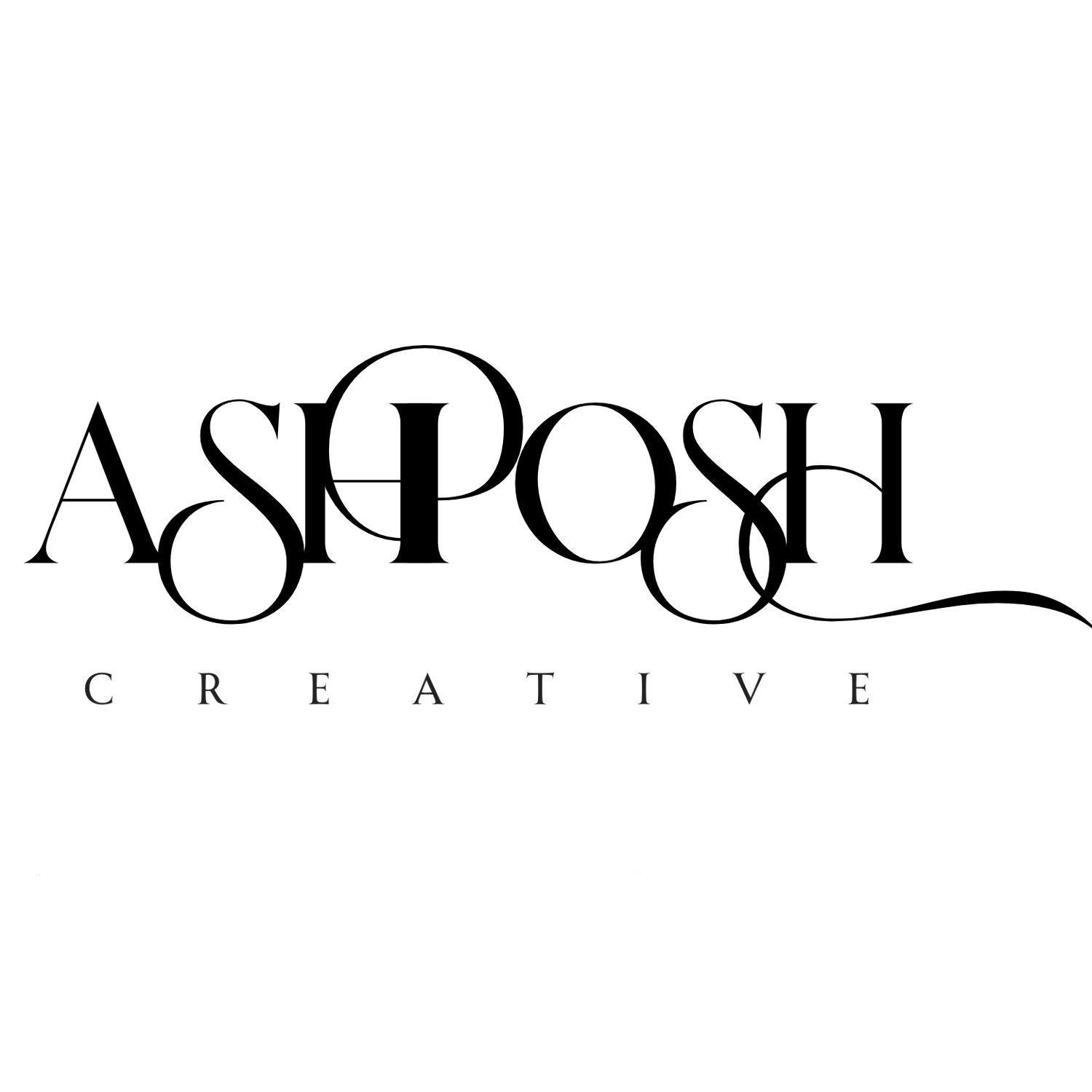TikTok Marketing Trends and US Ban Implications 2025
In the ever-evolving landscape of social media marketing, TikTok continues to be a powerhouse for brand awareness and audience engagement. However, with the looming threat of a US ban, brands are navigating uncertain waters. Let’s dive into the latest trends and strategies that are defining TikTok marketing in 2025, along with the potential implications of the ban.
TikTok Marketing Strategies:
AI-Powered Personalization
Brands are leveraging TikTok’s advanced AI algorithms to deliver hyper-personalized content. By analyzing user behavior and preferences, companies are creating tailored video experiences that resonate on a deeper level with their target audience.
Augmented Reality (AR) Challenges
AR filters and effects have taken TikTok challenges to the next level. Brands like Sephora and Nike are creating immersive AR experiences that allow users to virtually try on products or participate in branded obstacle courses, driving both engagement and sales.
Micro-Influencer Collaborations
While celebrity partnerships still have their place, brands are increasingly turning to micro-influencers for more authentic and niche-specific reach. These collaborations often yield higher engagement rates and foster stronger community connections.
Shoppable Live Streams
TikTok’s integration of live streaming with e-commerce features has opened new avenues for real-time sales. Brands are hosting live shopping events, product launches, and Q&A sessions, turning engagement into direct sales.
User-Generated Content (UGC) Campaigns
Encouraging users to create content around branded hashtags or challenges remains a powerful strategy. However, brands are now offering more substantial incentives, such as featured spots in national ad campaigns or exclusive product collaborations.
The Looming US Ban: What It Means for Brands
As of January 2025, the fate of TikTok in the United States hangs in the balance. Here’s what you need to know:
The US Supreme Court is set to hear arguments on January 10, 2025, regarding the constitutionality of the TikTok ban.
If implemented, the ban would require ByteDance to divest from TikTok by January 19, 2025, or face a nationwide prohibition.
President-elect Donald Trump has requested a delay, suggesting he might negotiate an alternative resolution after taking office on January 20, 2025.
Implications for Brands
Diversification is Key: Smart brands are already establishing strong presences on alternative platforms like Instagram Reels, YouTube Shorts, and emerging social media apps.
Data Portability Concerns: Brands heavily invested in TikTok’s ecosystem are scrambling to find ways to migrate their follower base and content to other platforms.
Content Strategy Shifts: With the potential loss of TikTok’s unique algorithm and features, brands are reevaluating their content strategies to ensure they remain effective across multiple platforms.
Influencer Relationships: Brands are working to maintain relationships with TikTok influencers, preparing for potential collaborations on alternative platforms.
Financial Impact: According to TikTok’s estimates, small businesses on the platform could lose over $1 billion in revenue within a month of the ban.
Moving Forward ——>
While the potential TikTok ban creates uncertainty, it also presents opportunities for innovative brands to adapt and thrive. By staying agile, diversifying social media strategies, and focusing on creating compelling, platform-agnostic content, brands can continue to build awareness and engage audiences effectively, regardless of TikTok’s fate in the US market.
Remember, the key to success in this continuously changing social media game is to remain flexible, keep a close eye on developments, and be ready to pivot your strategy at a moment’s notice. The brands that will come out on top are those that view this challenge as an opportunity for growth and innovation.

